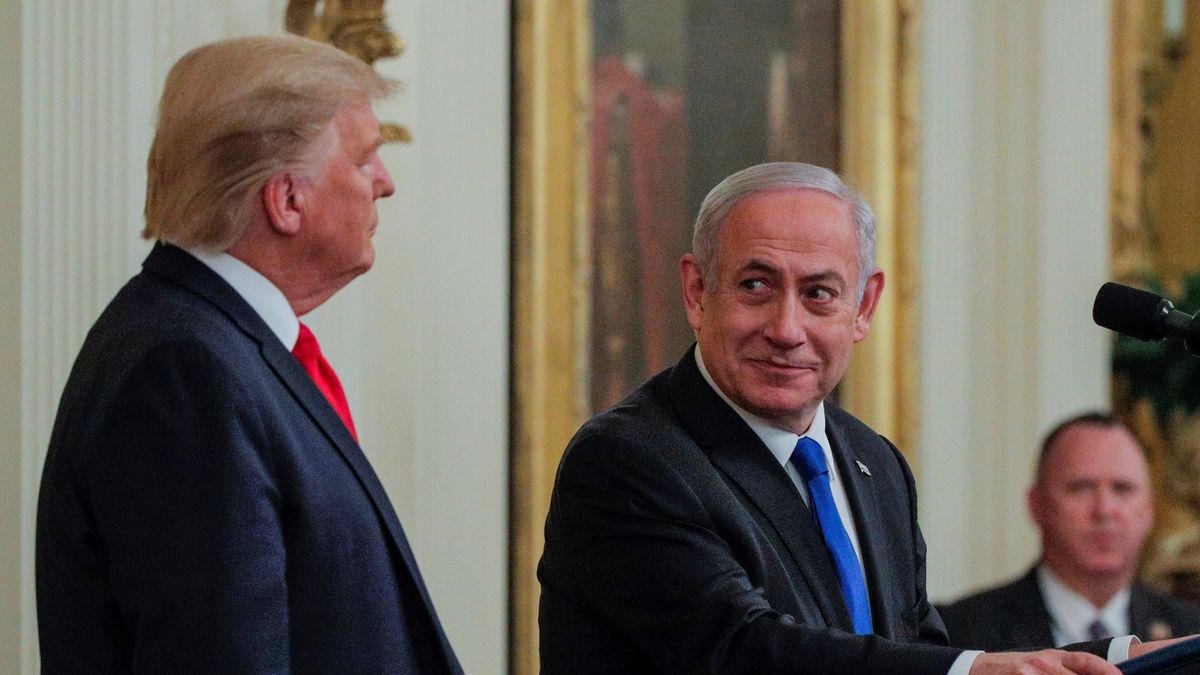It represents 7.84% of primary spending in the first eight months. The government postpones payments to achieve this year’s goals.
With just over two months left until the end of the administration of Alberto Fernandez, everything is shaping up so that also in the field of current expenses the next government will have to resolve significant levels of debt. This is because The Ministry of Economy has been pushing back expenses and postponing payments in order to present numbers to the International Monetary Fund (IMF) within the agreed guidelines. By case, according to information from the General Treasury of the Nation (TGN), The floating debt of the National Public Administration (APN) in August rose to $1.55 trillionwhich is equivalent to a 7.84% of primary spending accumulated up to that moment of $19.7 billion.
The content you want to access is exclusive to subscribers.
What the Treasury Palace has been doing in the last year is to regulate the floating debt. In general, In the months prior to the IMF reviews, this was accumulating, while the cash base deficit (which is what the Fund’s technicians look at) remained more or less at bay. After the goals are approved in the following months, the accumulated debt is paid off. That happened with the fiscal deficit in January, a month that usually has a surplus or a slight deficit. This year January had a red of more than $200,000 million. In 2022 it had closed with a floating debt of $1.14 trillion and at the beginning of 2023 it was reduced to $789,000 million.


Now, between July and August of this year (latest reported data) floating debt rose $269,231 million. The next review with the IMF would be in November, after the electoral period. Until that moment, whatever happens, the Minister of Economy, Sergio Massa, will have to keep the numbers in check, even more so if he manages to advance to a second round.
If the magnifying glass is placed on the nature of the State debt for expenses that have already been accrued, the most important item is Transfers with a total of $738,642 million, of which $695,595 million correspond to 2023 and the rest originated in 2022. The second item is figurative expenses for $542,667 million, all originated this year. On the other hand, $91,443 million are owed in personnel expenses, $46,087 million in expenses for goods and services and $43,270 million in fixed assets are among the highlights.
After August, the month in which a series of measures were implemented to alleviate the impact of the devaluation (which some call the “Platita Plan”), it is assumed that the economic team should have greater problems getting the cash back on track. However, the extension of the PAIS Tax to the majority of foreign currency purchase operations for imports generated an extraordinary flow of income that could finance it. In the same way that the Value Added Tax (VAT) is showing extraordinary behavior.
Source: Ambito




